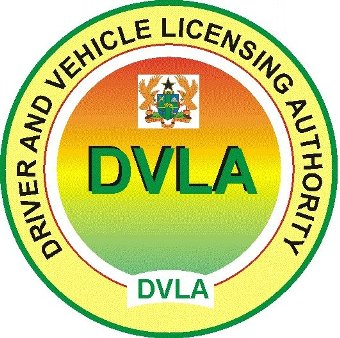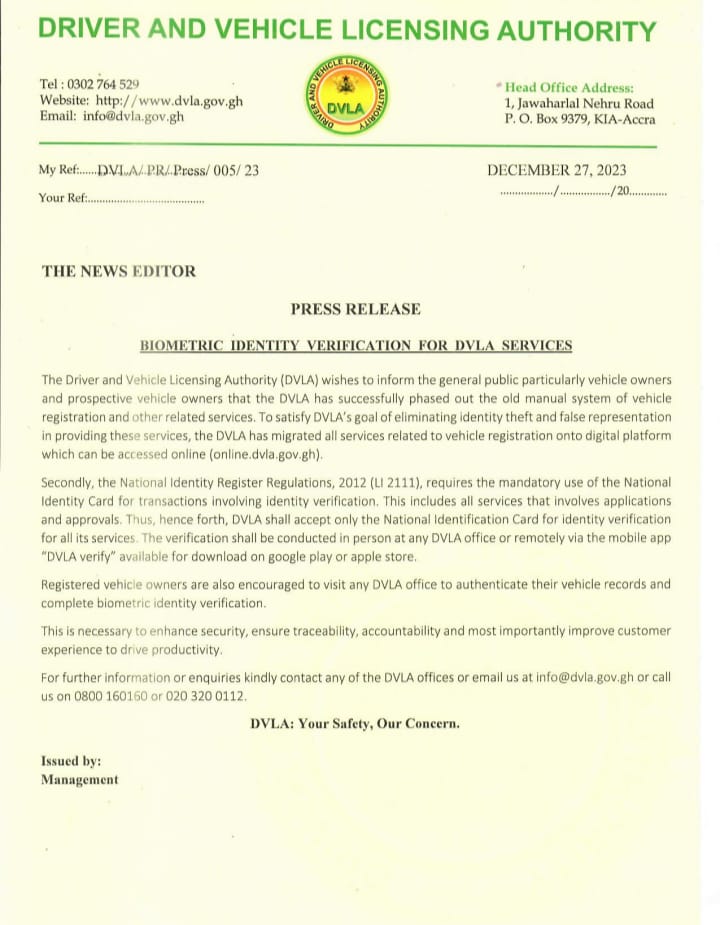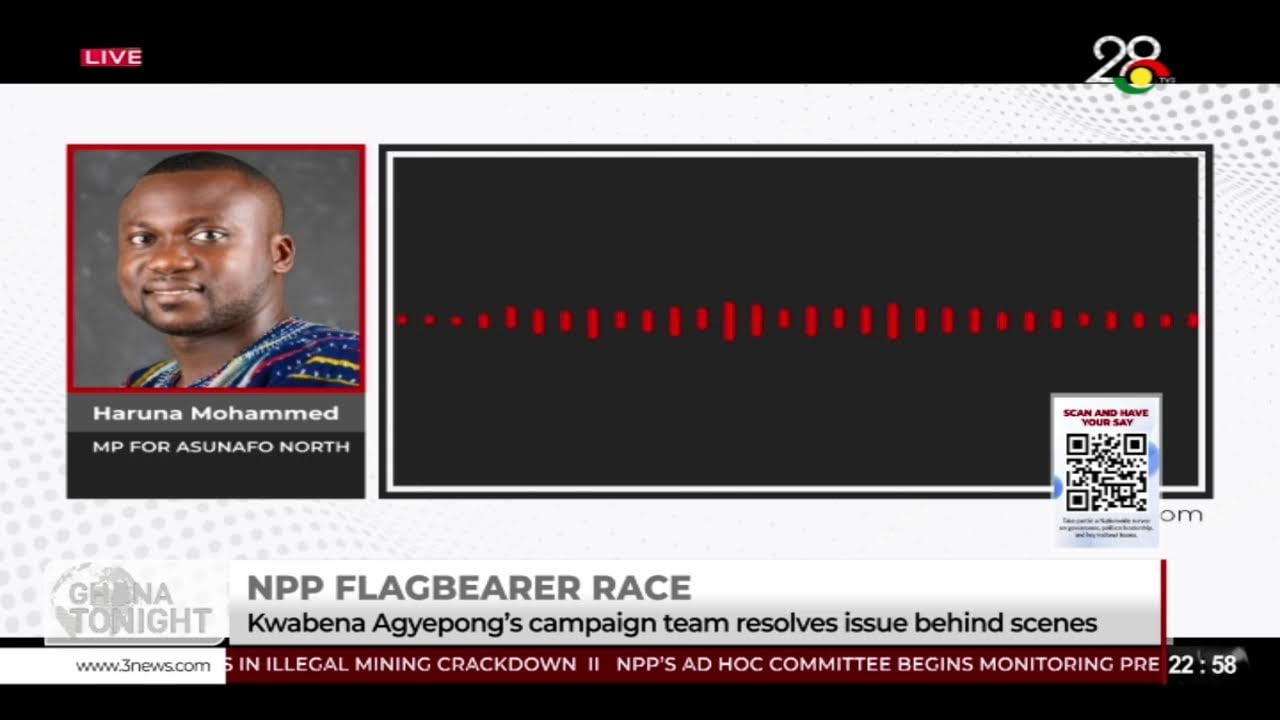
By Ebenezer FORSON
Road accidents and reckless driving significantly contribute to increased insurance claims, resulting in higher costs for insurance companies and, ultimately, higher premiums for all drivers.
To create a fairer, data-driven, and transparent insurance pricing model, insurance companies can collaborate with the Drivers and Vehicles Authority (DVLA) And Police MTTD to introduce a points-based penalty system linked directly to drivers’ licenses.
Police MTTD; Investigate all road traffic accident and complies comprehensive accident report which are often issued to relevant parties for insurance claims and DVLA data based.
MTTD digitalizing of accident data with DVLA and National Insurance Commission ‘
The MTTD is modernizing its data collection using iMAAP-RADMS, enabling officers at crash sites to input accident details directly into digital devices for real-time transfer to central servers.
This replaces the older manual, paper-based system in 2024.with this input from MTTD can help National Insurance Commission (NIC) to have a strong data collection to back up its premium calculations to insured or customers who are buying insurance policies in Ghana.
The rate at which road accident is occurring in Ghana according to the National High Authority is tremendous which are ( Road crash deaths in Ghana surge by 21.6percent in first half of 2025 – NRSA) all in road accident.Top of Form
Concept overview
The idea is to integrate insurance companies’ systems with the MTTD, NIC and DVLA database so that each driver’s accident history, traffic violations, and driving behavior are recorded and reflected on their driving license in the form of demerit points.
- Safe drivers with fewer or no points ? Lower premiums
- High-risk drivers with more points ? Higher premiums
This ensures that individual risk is considered when calculating insurance premiums rather than using a “one-size-fits-all” approach or flat rate for the insured to pay.
How the system works
Step 1 — Integration of systems
- Insurance companies link their databases with the MTTD, DVLA driver records system.
- DVLA provides real-time updates on accidents, traffic violations, and demerit points.
Step 2 — Points allocation
- Each traffic violation or accident adds specific points to the driver’s record.
- Minor offenses (e.g., speeding <10km/h over limit) ? 1 point
- Moderate offenses (e.g., reckless overtaking) ? 3 points
- Major accidents caused by driver negligence ? 5 points
- Conversely, safe driving for a set period (e.g., 12 months without violations) can reduce points.
Step 3 — Impact on premiums
- Insurance companies adjust premiums based on points:
- 0–2 points ? Low-risk driver ? Discounted premiums
- 3–5 points ? Moderate-risk driver ? Standard premiums
- 6 points ? High-risk driver ? Higher premiums
Benefits of the system
For insurance companies
- Better risk profiling ? Fewer fraudulent claims
- Reduced losses from repeat high-risk drivers
- Encourages safer driving ? Lower overall claim costs
For drivers
- Rewards safe drivers with lower premiums
- Provides transparency in how premiums are calculated
- Encourages responsible road behavior
For the DVLA & government
- Supports road safety policies
- Reduces accident rates through behavior-based incentives
- Streamlines data-sharing for policy enforcement
Implementation strategy
- Stakeholder collaboration: National Insurance Commission, DVLA, insurance companies, MTTD and road safety agencies.
- System development – Build an integrated database and secure API connections.
- Policy & legal framework – Update insurance and traffic laws to support data sharing.
- Pilot programme – Start with a small group of drivers and insurers to test effectiveness.
- Nationwide rollout – Gradually expand the program to all licensed drivers.
Conclusion
Integrating a points-based penalty system between insurance companies and the Drivers & Vehicles licensing Authority creates a fair, transparent, and effective model for calculating insurance premiums.
By linking accident history directly to a driver’s license, insurers can accurately assess risk, reward responsible drivers, and ultimately reduce overall insurance costs while promoting road safety in Ghana. This can reduce road accidents and over-speeding that kills thousands of Ghanaians on road.
The writer possesses extensive technical knowledge and professional training in insurance. He has a BTech in Mechanical Engineering from Takoradi Technical University and an HND from Tamale Technical University. Additionally, he is pursuing an MSc in Engineering Management, holds an Advanced Diploma in Insurance from Ghana Insurance College, and a Diploma in Risk Management in Insurance from WAII. He is also a Chartered Insurer in Ghana.
The post Integrating a points-based system between NIC, insurers, DVLA and MTTD appeared first on The Business & Financial Times.
Read Full Story




















Facebook
Twitter
Pinterest
Instagram
Google+
YouTube
LinkedIn
RSS